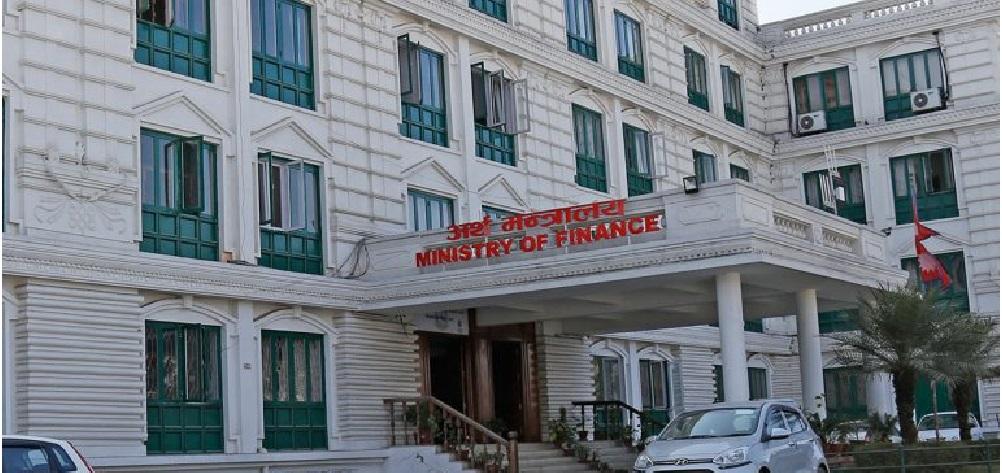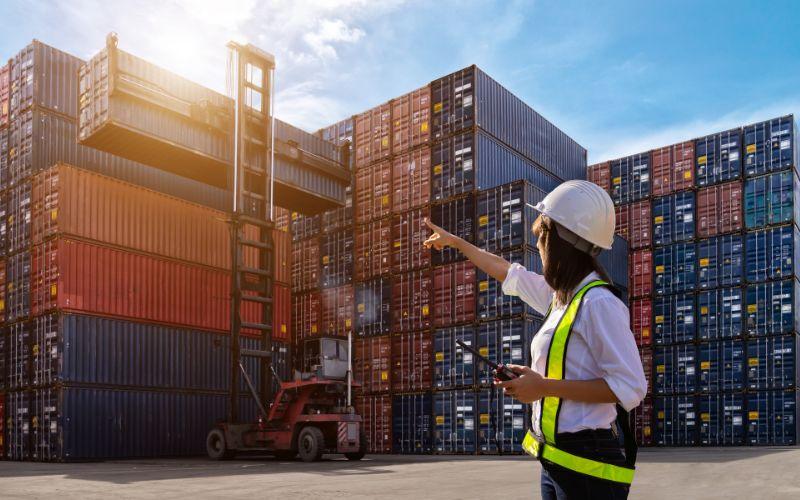By Sandeep Chaudhary
NRB Data: Nepal-India Trade Grows as Fuel, Machinery, and Rice Imports Surge

Nepal’s trade with India expanded notably in the first two months of FY 2025/26, with imports rising by 8% to reach Rs. 173.54 billion, according to the Nepal Rastra Bank (NRB) Mid-September 2025/26 report. The data highlights India’s continued dominance as Nepal’s largest trading partner, with major import growth driven by fuel, machinery, rice, and vehicles.
The import of petroleum products, Nepal’s largest import category, rose by 2.6% to Rs. 39.23 billion, reflecting consistent domestic fuel demand across transport and industrial sectors. Meanwhile, vehicles and spare parts imports jumped 32.9% to Rs. 15.13 billion, indicating strong recovery in the automobile sector as liquidity conditions in commercial banks improved.
Significant growth was also recorded in agricultural and construction-related imports. Rice and paddy imports surged 67.8% to Rs. 5.6 billion, reflecting seasonal demand and lower domestic production. Similarly, bitumen imports soared 191.6% to Rs. 2.28 billion, signaling renewed investment in road infrastructure and government-backed construction projects.
Machinery and parts — a key industrial input — rose 6.2% to Rs. 7.59 billion, while chemical imports remained steady at around Rs. 2.07 billion. Agro-equipment imports grew 35.7%, underscoring increased mechanization in the agricultural sector.
At the same time, some categories witnessed sharp fluctuations. Chemical fertilizer imports fell by 91.7%, reflecting improved domestic inventory, while telecommunication equipment imports dropped 16.1% due to completed infrastructure rollouts from previous fiscal years. However, rising imports of vegetables (+44.8%), tobacco (+175%), and molasses sugar (+158%) indicate diverse consumer and industrial demands shaping Nepal’s trade basket.
Overall, the report confirms that Nepal’s import dependence on India remains high, accounting for a substantial share of the country’s Rs. 305.15 billion total imports. Economists view this as a sign of economic recovery and active domestic consumption, but also caution that persistent import growth may further widen the trade deficit unless export and local manufacturing capabilities improve.









